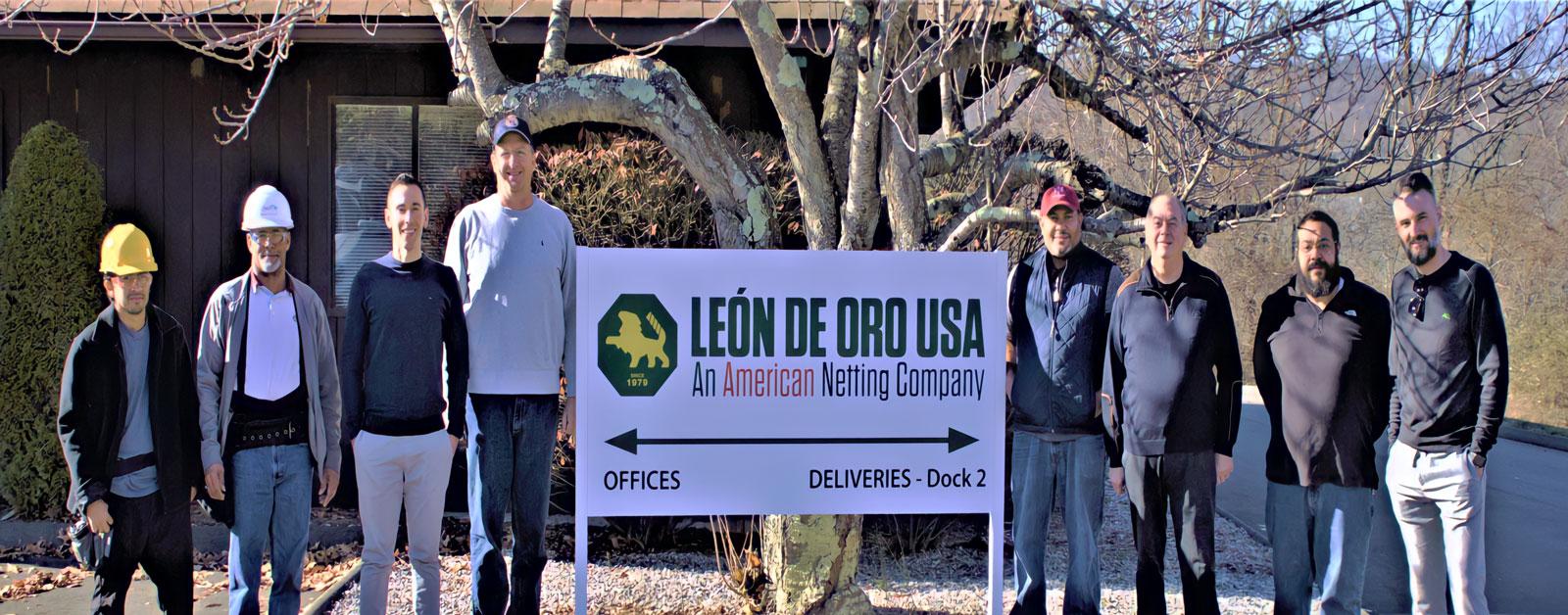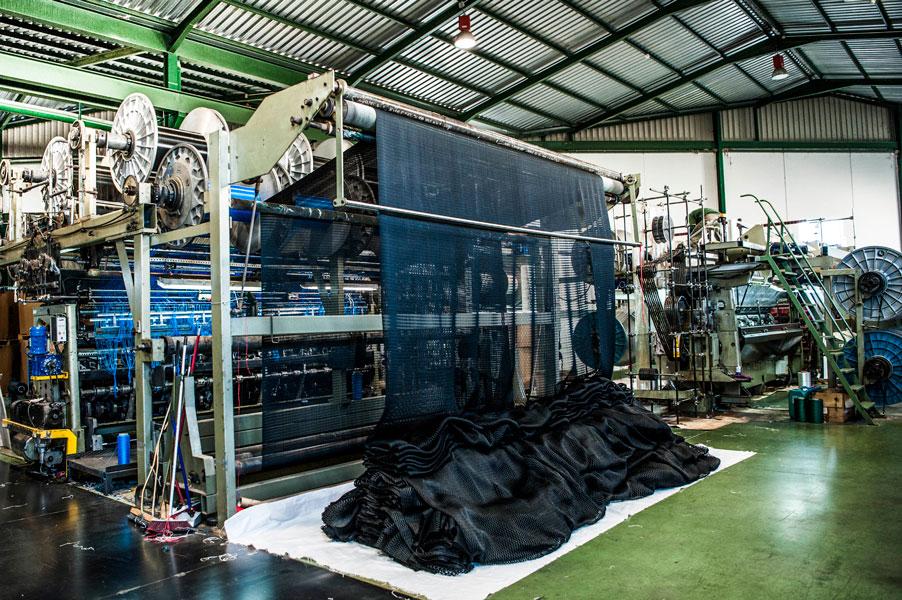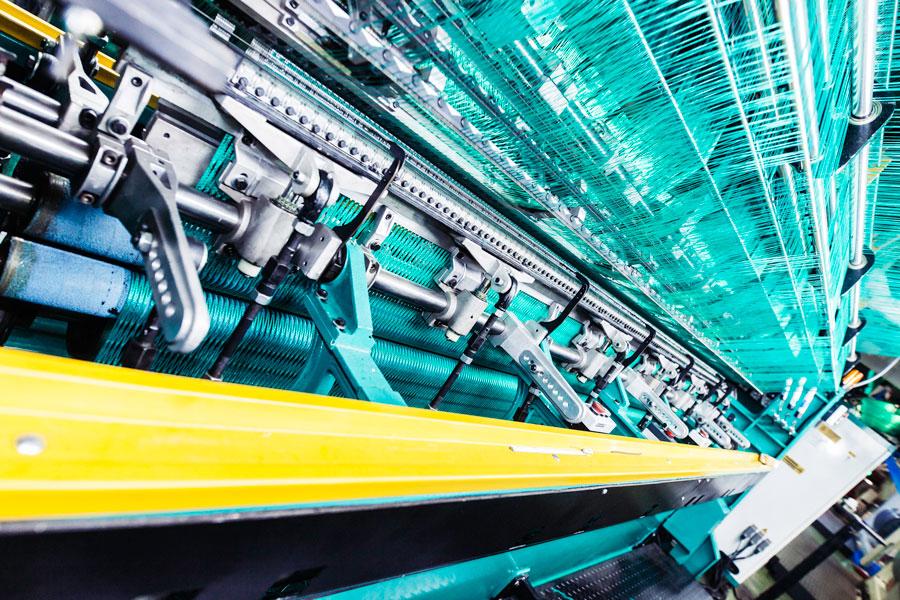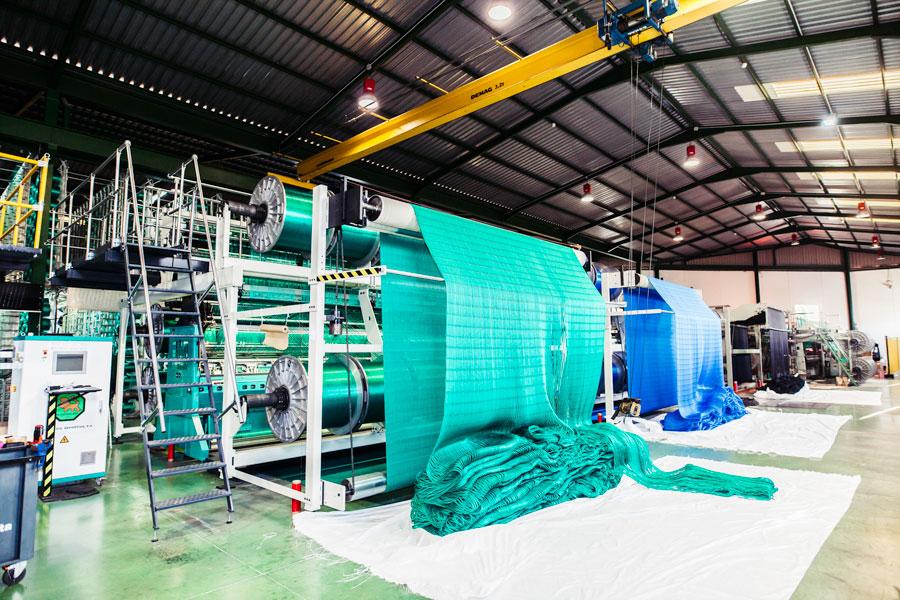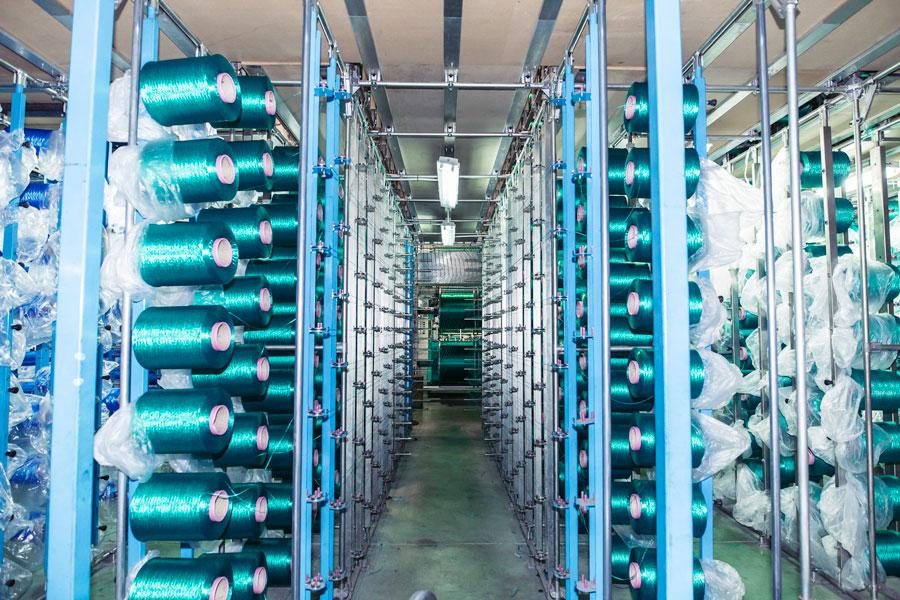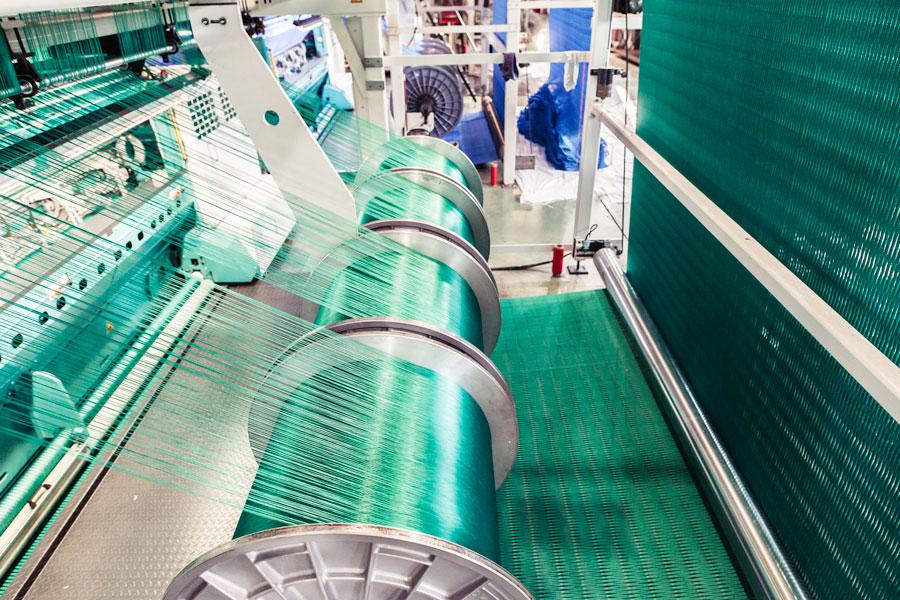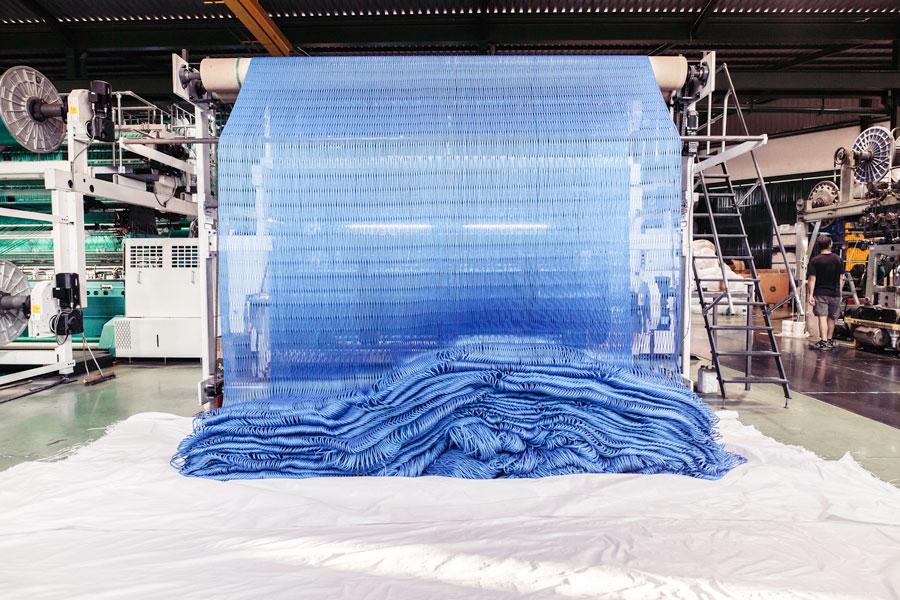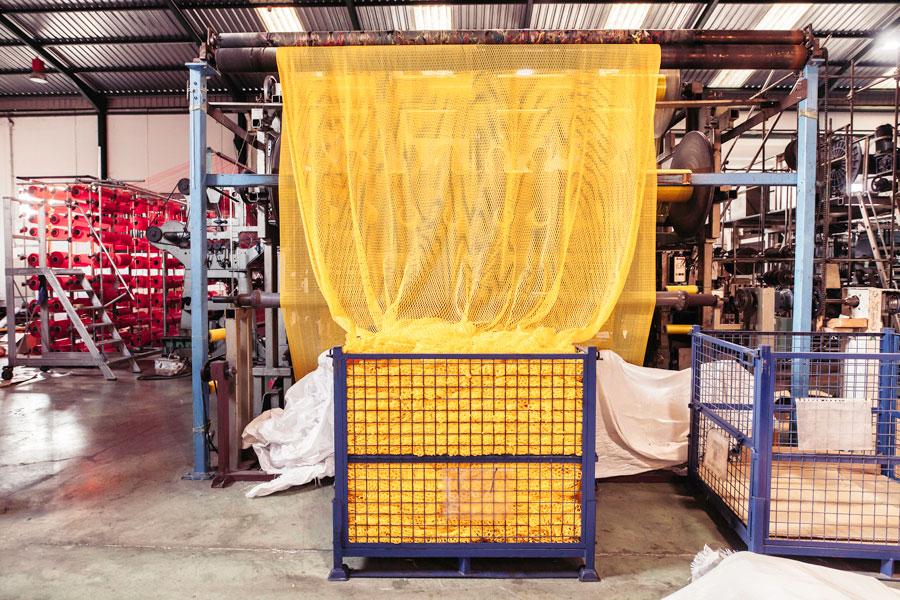Fall protection requirements encompass a range of measures aimed at safeguarding workers from fall hazards in various industries. These requirements typically include the implementation of fall protection systems such as guardrails, safety nets, personal fall arrest systems (PFAS), and ladder safety devices. Adherence to regulations such as OSHA standards OSHA 1926.502(c) and ANSI A10.11 guidelines ensures that fall protection measures are effectively implemented to mitigate risks and protect workers at elevated worksites. By prioritizing compliance with fall protection requirements, employers can create a safer work environment, minimize the risk of accidents, and promote the well-being of their workforce.
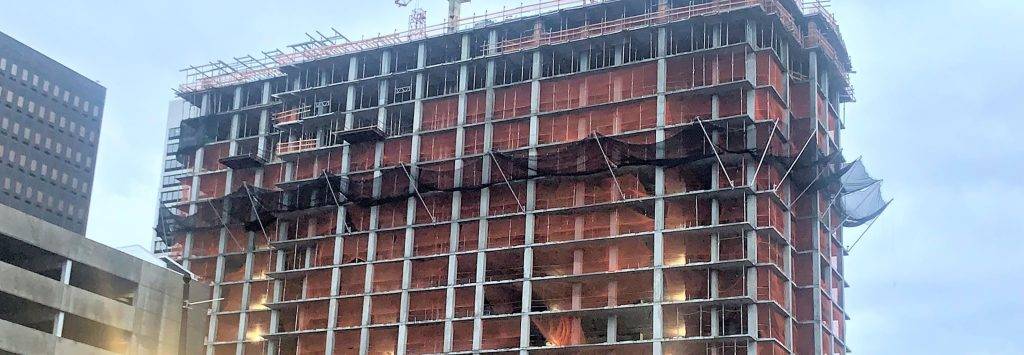
What are the OSHA standards for fall protection?
The Occupational Safety and Health Administration (OSHA) has established comprehensive standards to address fall protection across various industries, notably outlined in OSHA 1926.501.This specific subsection delves into the nuances of fall protection measures within the construction sector. It stipulates detailed guidelines for employers to protect workers from fall hazards, emphasizing the necessity of proactive safety measures when employees are engaged in activities at heights of six feet or more above a lower level. Additionally, the standard extends its coverage to instances where workers are engaged in work over dangerous equipment or machinery, emphasizing the importance of fall protection irrespective of fall distance.
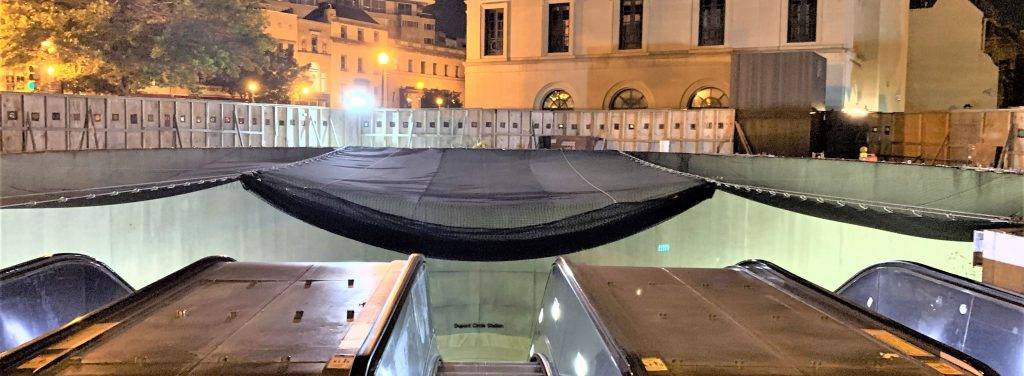
OSHA 1926.501, OSHA mandates a spectrum of fall protection measures tailored to the nature of the work being performed. These encompass a range of systems including guardrail systems, safety net systems, personal fall arrest systems (PFAS), positioning device systems, and warning line systems. Employers are not only required to assess the workplace for potential fall hazards but also to provide comprehensive training to employees on the proper use of fall protection equipment. Furthermore, adherence to rigorous inspection and maintenance protocols for all fall protection systems is mandated to ensure their effectiveness in safeguarding workers. Compliance with the intricate provisions of OSHA 1926.501 is vital to mitigating the risk of falls and upholding the safety of employees in the dynamic environments of construction sites. By diligently following these regulations, employers can cultivate a culture of safety, significantly reducing the occurrence of fall-related accidents and promoting the well-being of their workforce.

